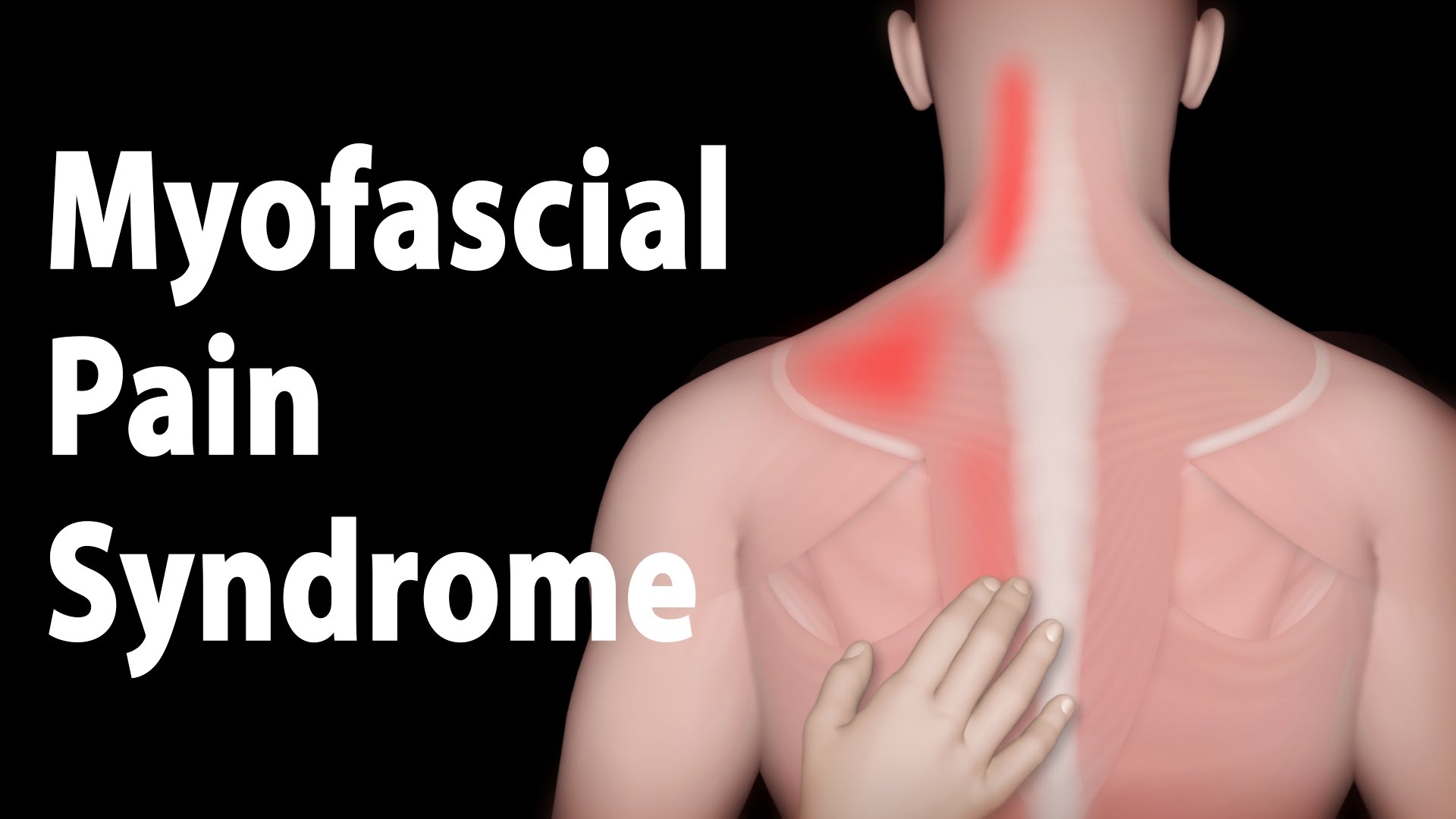♥ Help Support This Channel @ http://www.patreon.com/psychetruth
130+ Exclusive Massage Videos @ http://www.psychetruthpatrons.com
↓ Follow Me! Social Media Links Below ↓
How To Do Trigger Point Massage Therapy Techniques, Back Pain Relief Massage ASMR Meera Hoffman
Meera of Austin Chair Massage explains how to do trigger point massage therapy techniques on the back to relieve back pain and remove knots.
Visit Meera Hoffman's website at;
http://www.meerahoffman.com
Visit Katrina Repman's Website at;
http://www.katrinarepman.com
Follow our Social Media
https://www.instagram.com/psychetruth
http://www.facebook.com/psychetruthvideos
Tweets by Psychetruth
http://www.youtube.com/psychetruth
Related Videos
Trigger Point Massage Therapy Techniques Neck Pain Relief & Release – Relaxation Music & ASMR
Stretch Routine for Full Body Flexibility, Partner Stretching for Dance & Cheer, How to Yoga at Home
How To Chair Massage, Neck, Shoulders, Back, Pecks, Most Relaxing Head Massage ASMR
Chair Back Massage Techniques, Mid & Lower Back Hips, Relaxing Body Work How To
Music by iChill Music Factory
Song: Summer Haze
Album: Dream Away
© Copyright 2014 Target Public Media, LLC. All Rights Reserved.

